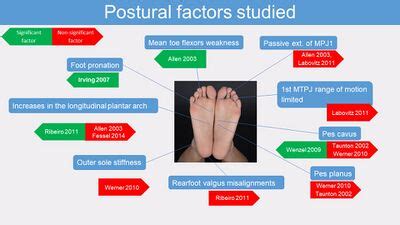Intro
Relieve heel pain with 7 effective plantar fasciitis exercises, featuring stretching, strengthening, and rehabilitation techniques to reduce inflammation and improve foot mobility, alleviating fasciitis symptoms and promoting overall foot health.
Plantar fasciitis is a common condition that affects millions of people worldwide, causing pain and discomfort in the heel and bottom of the foot. It occurs when the plantar fascia, a band of tissue that supports the arch of the foot, becomes inflamed or irritated. While rest, ice, and medication can help alleviate symptoms, exercises play a crucial role in treating and preventing plantar fasciitis. In this article, we will explore the importance of exercise in managing plantar fasciitis and provide a comprehensive guide to 7 effective plantar fasciitis exercises.
Plantar fasciitis can be a debilitating condition, making everyday activities like walking, running, or even standing a challenge. The condition can be caused by a variety of factors, including overuse, poor foot mechanics, or age-related wear and tear. Exercises can help strengthen the foot and ankle, improve flexibility, and reduce pain and inflammation. By incorporating these exercises into your daily routine, you can take the first step towards managing plantar fasciitis and regaining control over your daily life.
The benefits of exercise in managing plantar fasciitis are numerous. Regular exercise can help reduce pain and inflammation, improve foot mechanics, and increase strength and flexibility. Exercise can also help prevent future episodes of plantar fasciitis by strengthening the foot and ankle, improving balance and proprioception, and enhancing overall foot health. With a comprehensive exercise program, you can take a proactive approach to managing plantar fasciitis and improving your overall quality of life.
Understanding Plantar Fasciitis

Benefits of Exercise for Plantar Fasciitis

Types of Exercises for Plantar Fasciitis
There are several types of exercises that can help manage plantar fasciitis, including stretching exercises, strengthening exercises, and balance exercises. Stretching exercises can help improve flexibility and reduce tension in the plantar fascia, while strengthening exercises can help improve foot mechanics and reduce pain. Balance exercises can help improve proprioception and reduce the risk of falls. By incorporating a variety of exercises into your routine, you can take a comprehensive approach to managing plantar fasciitis.7 Effective Plantar Fasciitis Exercises

Precautions and Modifications

Conclusion and Next Steps

We encourage you to share your experiences with plantar fasciitis and exercise in the comments below. Have you found any exercises to be particularly effective in managing your symptoms? Do you have any questions or concerns about incorporating exercises into your daily routine? Share your thoughts and let's start a conversation.
What are the most common causes of plantar fasciitis?
+Plantar fasciitis can be caused by a variety of factors, including overuse, poor foot mechanics, or age-related wear and tear.
How often should I exercise to manage plantar fasciitis?
+It's recommended to exercise 2-3 times a day, taking regular breaks to rest and stretch.
Can I still exercise if I have a severe case of plantar fasciitis?
+If you have a severe case of plantar fasciitis, it's best to consult with a healthcare professional before starting an exercise program.
